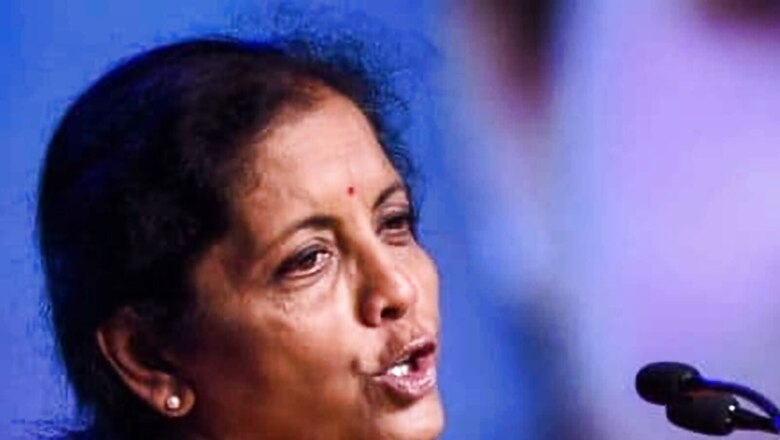
views
The Indian economy has been recovering well from the pandemic. The fiscal and monetary stimuli have been prudent and measured resulting in minimal adverse effects unlike many other economies. The Union Budget 2023-24 will be against the backdrop of a domestic economy that has broadly recovered back to pre-pandemic levels, while the global economy is at risk of a slowdown. The central government fiscal deficit remains elevated, and more importantly, public debt remains high and sticky. The Budget 2023 needs to focus back on fiscal consolidation while pushing growth through public infrastructure spending.
While the demand for a fiscal stimulus in a global slowdown context may be justified, the outturn of the global slowdown is not a certainty, yet. Much is not apparent as to the depth and duration of the slowdown. Focusing on growth in anticipation of a slowdown and its adverse effect on India may be premature. The budgeting exercise needs to be seen in the context of — (1) GFD/GDP of 6.4 per cent in FY2023 which needs to glide down to around 4.5 per cent by FY2026 (as per the government’s target); and (2) a public debt/GDP of above 80 per cent (pre-Covid level of around 73 per cent).
The high fiscal deficit has also led to market borrowing that is more than 2X that of pre-COVID-19 levels. With this context, restricting GFD/GDP to around 5.8 per cent should be targeted and ensure the government remains committed to the target of reaching 4.5 per cent by FY2026.
Market expectations have also been factoring in a “populist” Budget given that it will be the last full budget before the elections. The definition of “populism” while being vague has usually denoted a focus on transfers/ subsidies to households. However, “populism”, as the government has focused on, could also be through access to basic necessities such as access to drinking water, toilets, affordable housing and food security, among others. The government could step up spending on education and health but it is unlikely that the Budget 2023 will provide for substantial tax cuts or new schemes to transfer money to households.
We see five key reasons for a limited space for a “populist” Budget — (1) Lower tax revenue growth, given lower GDP growth (nominal GDP growth of 9-10 per cent in FY2024E versus 15-16 per cent in FY2023E); (2) committed expenditure remains high; (3) inflation remains above the 4 per cent target of the RBI with upside risks for now; (4) borrowing remaining much higher than pre-COVID-19 levels; and (5) stated priority for capital expenditure while sticking to the consolidation target.
However, we do expect the government to continue maintaining the pace of capital expenditure — a trend visible prominently since the pandemic. Budgetary capital expenditure has increased to around 3 per cent of GDP in FY2023BE from 1.7 per cent of GDP in FY2020. Part of this should be due to capital expenditure through resources of PSUs shifting into budgetary capex. As per budget documents, capital expenditure through budget and resources of PSUs has reduced to 4.5 per cent of GDP in FY2023BE from 4.9 per cent of GDP in FY2020.
The government needs to continue focusing on capital expenditure, especially as the private sector capex cycle is yet to see a substantial pick up. Beyond the numbers and focus areas of spending, the markets remain on the edge on potential changes to the capital gains tax framework. Given the multiple tax rates, long-term holding period thresholds, and indexation benefits across asset classes, a simplification is warranted.
However, changes to the structure with a revenue maximisation target rather than targeting a framework for incentivising investments may prove to be sub-optimal. Further, in continuance with the manufacturing sector supports, it will be interesting to see if the government increase import tariffs on key finished products, especially on items that are seeing benefits under PLI. However, we believe that such changes are best avoided and an open economy would serve well to further the PLI scheme in the long run.
The Budget will seek to be a vision document for the medium to long term and possibly a reflection of India’s outlook for the G20 presidency. However, the fundamentals will revolve around maintaining fiscal rectitude and providing the domestic economy with fiscal support that is sustainable and prudent.
(The author is senior economist at Kotak Institutional Equities)
Read all the Latest Business News here



















Comments
0 comment